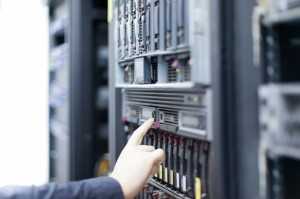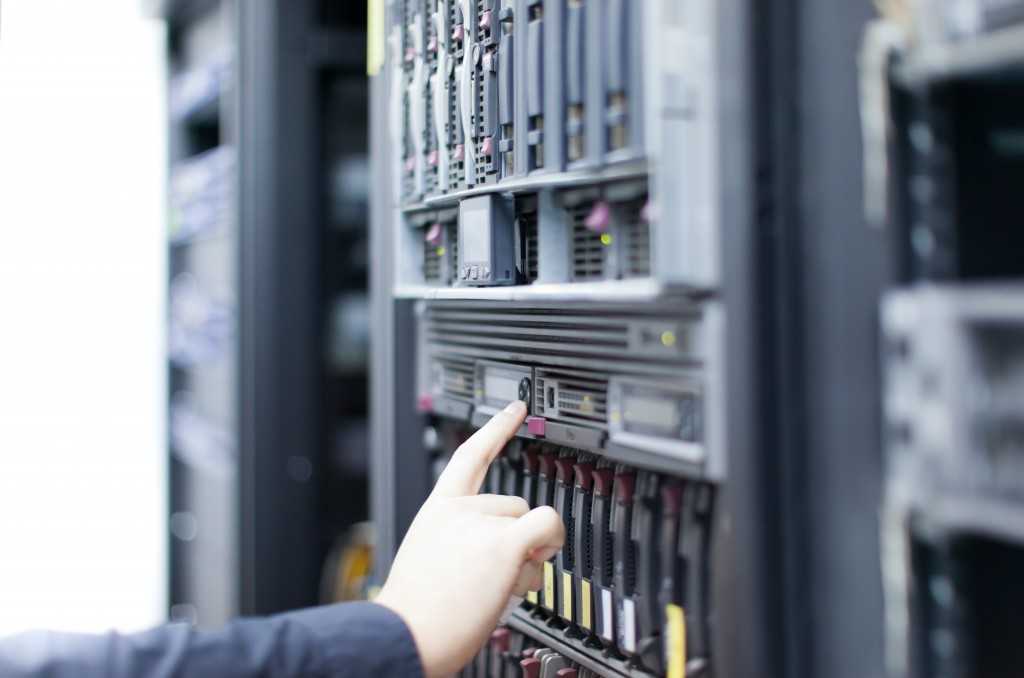 Supercomputers can perform calculations at speeds normal desktops or laptops cannot possibly match. The concept involves using thousands of processors at once, communicating with each other to solve complex tasks in record time. This communication needs to keep up with the speed of the processing cores, and the only way modern supercomputers can do so is by replacing the electric wires with faster ones: ones using light.
Supercomputers can perform calculations at speeds normal desktops or laptops cannot possibly match. The concept involves using thousands of processors at once, communicating with each other to solve complex tasks in record time. This communication needs to keep up with the speed of the processing cores, and the only way modern supercomputers can do so is by replacing the electric wires with faster ones: ones using light.
A Tower of Power
In an interview with Cambridge University, Chris Maynard of the Edinburgh Parallel Computing Centre explains the specifics of processing nodes as well as how they communicate. “The bit that makes a supercomputer super is how these computing nodes are coupled together. We would split the problem up across many processors so that each processor has a small amount of data that’s local to it…and quite regularly during the calculation; the processors have to communicate with each other,” he says.
Engineers from Optdex note how the processing power of supercomputer nodes are bound to plateau; meaning any further improvements to speed would come at the cost of overheating. They say that, for now, developments to supercomputer speed is limited to the number of nodes engineers can program to work together, not the power of each processing core.
Into the Light
The pressure is now on the speed of the wires connecting each node. Bert Jan Offrein, manager of the photonics research group at IBM’s Zurich Research Laboratory, stresses this concern in an interview with E&T: “If computing performance is going to increase a thousand-fold in ten years, then interconnect performance will have to do the same – and that’s going to take some big changes to the way computers are designed.”
“It’s hard to see us doing that within the electrical domain,” says Offrein. He and his colleagues have successfully produced denser optical (light-based) interconnections, squeezing 144 10Gbit/s connections within the same sectional area as 21 electrical ones.
Optics are truly the future of data transmission. Supercomputers have no plans of slowing down, and it is only fitting that high-speed processors keep up with each other using the fastest thing in the universe.




